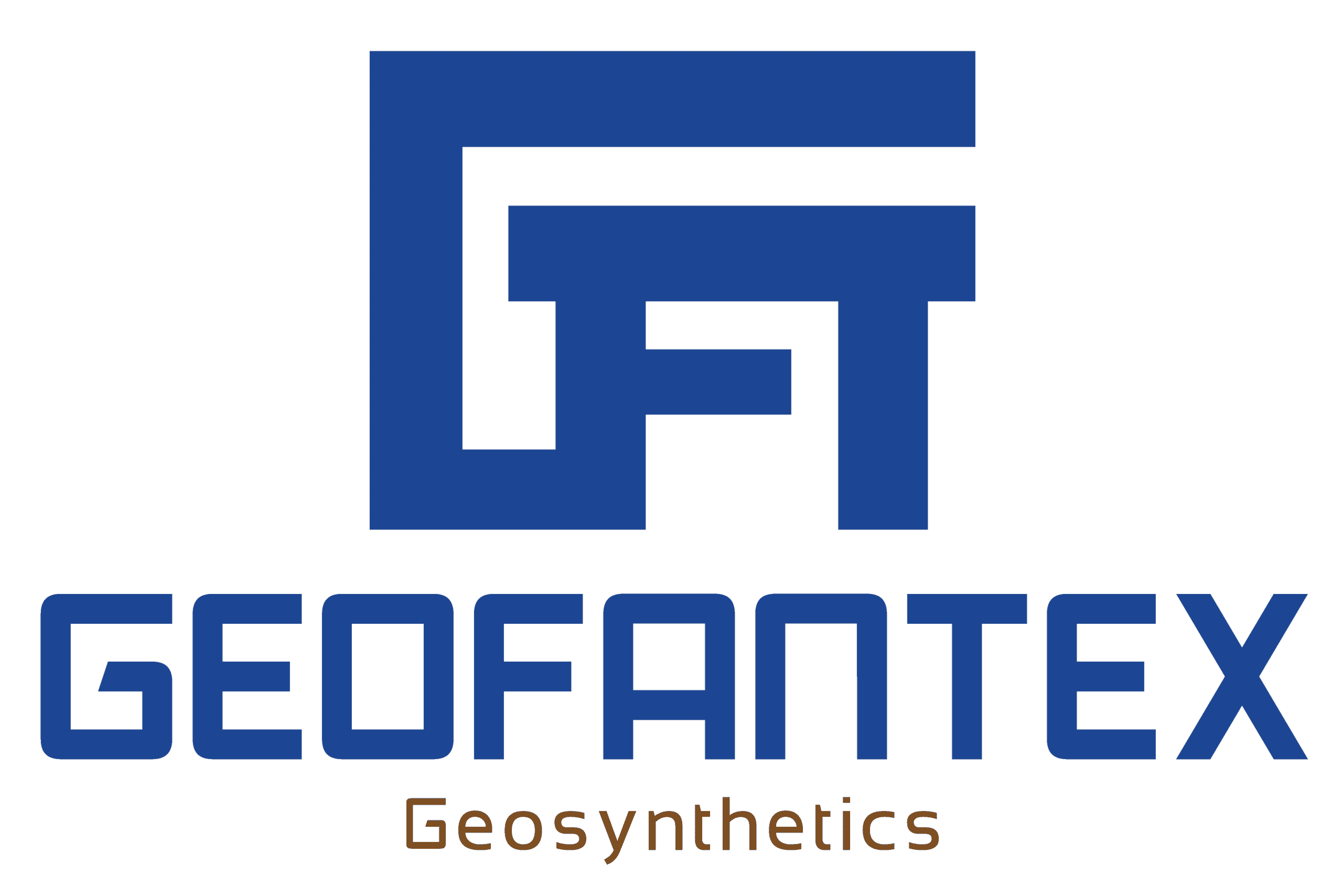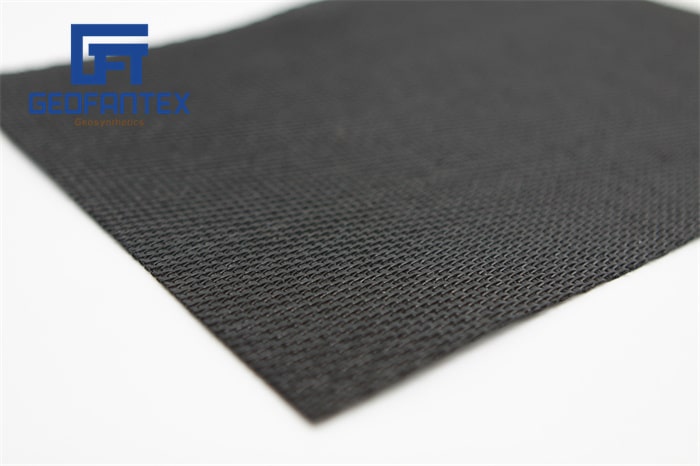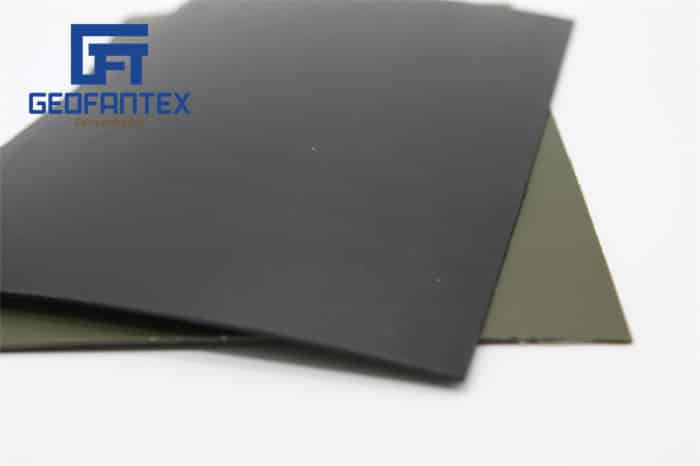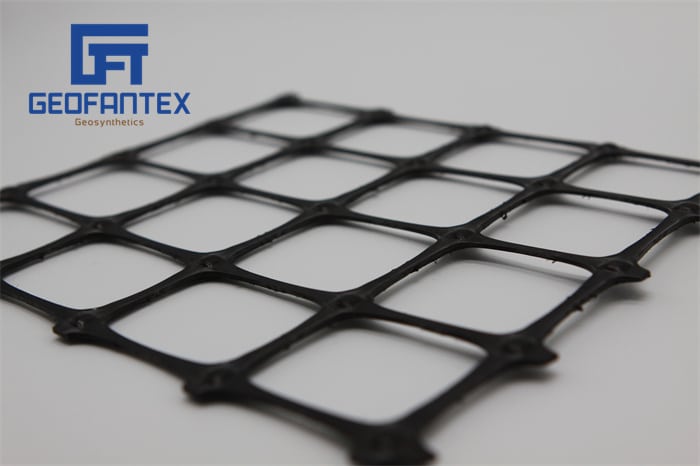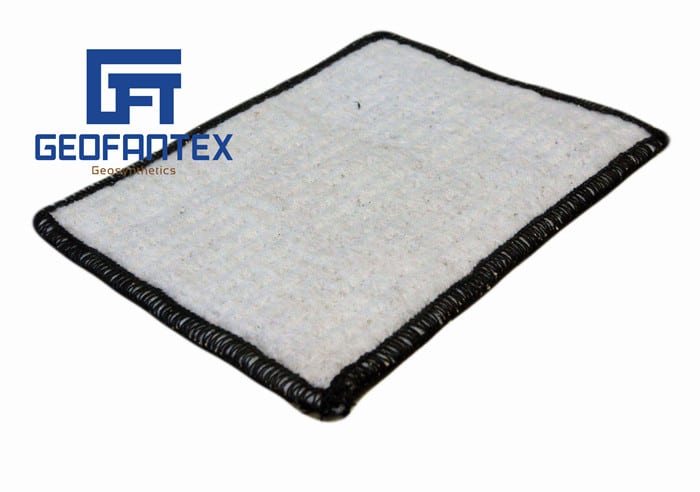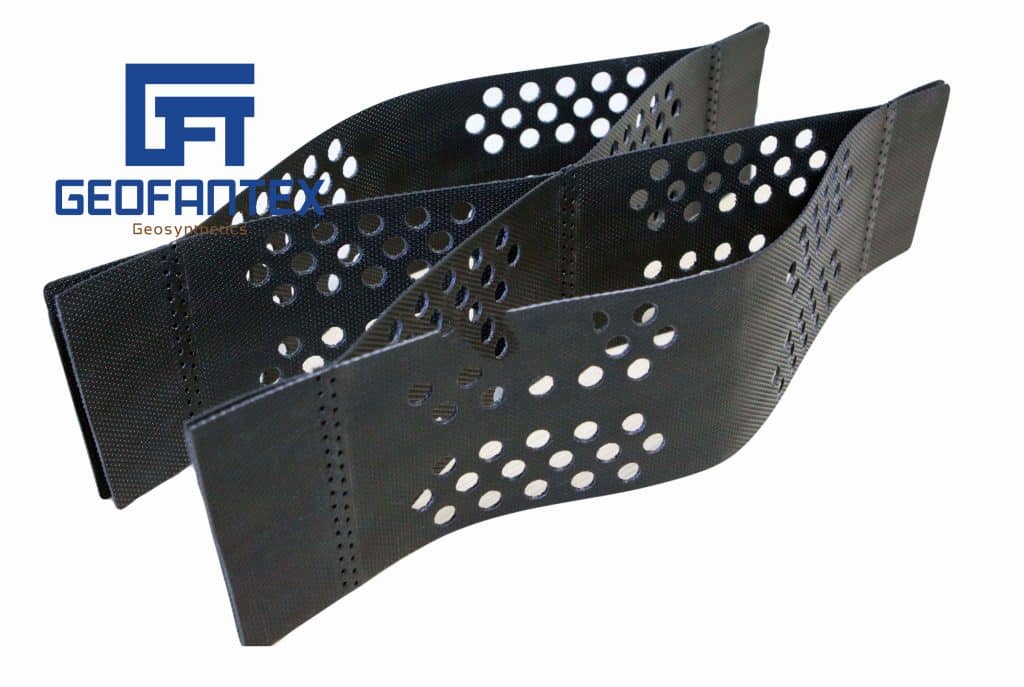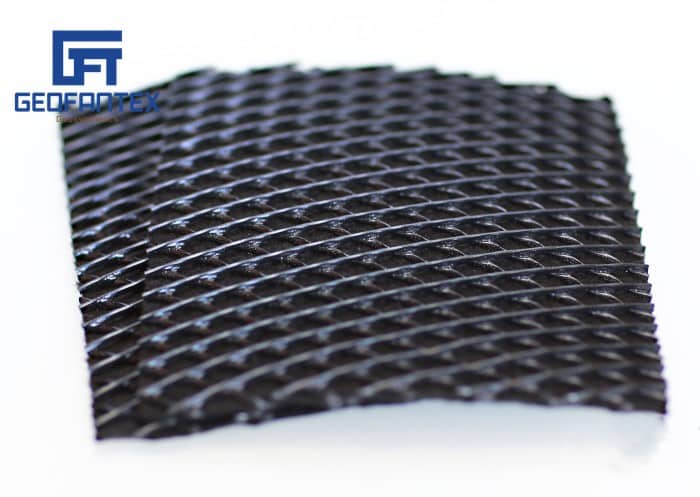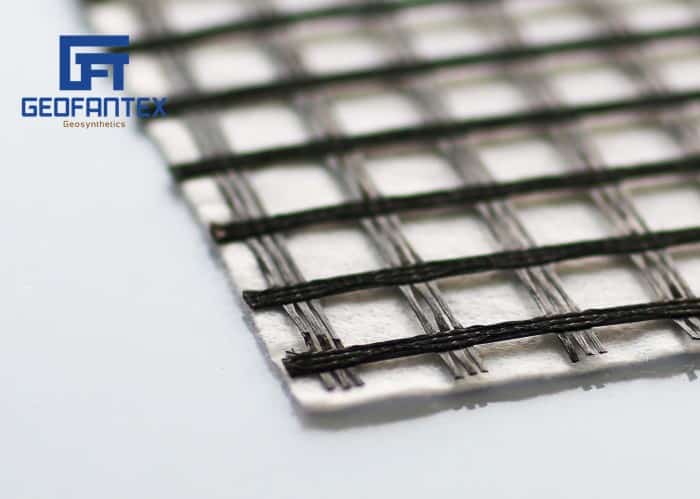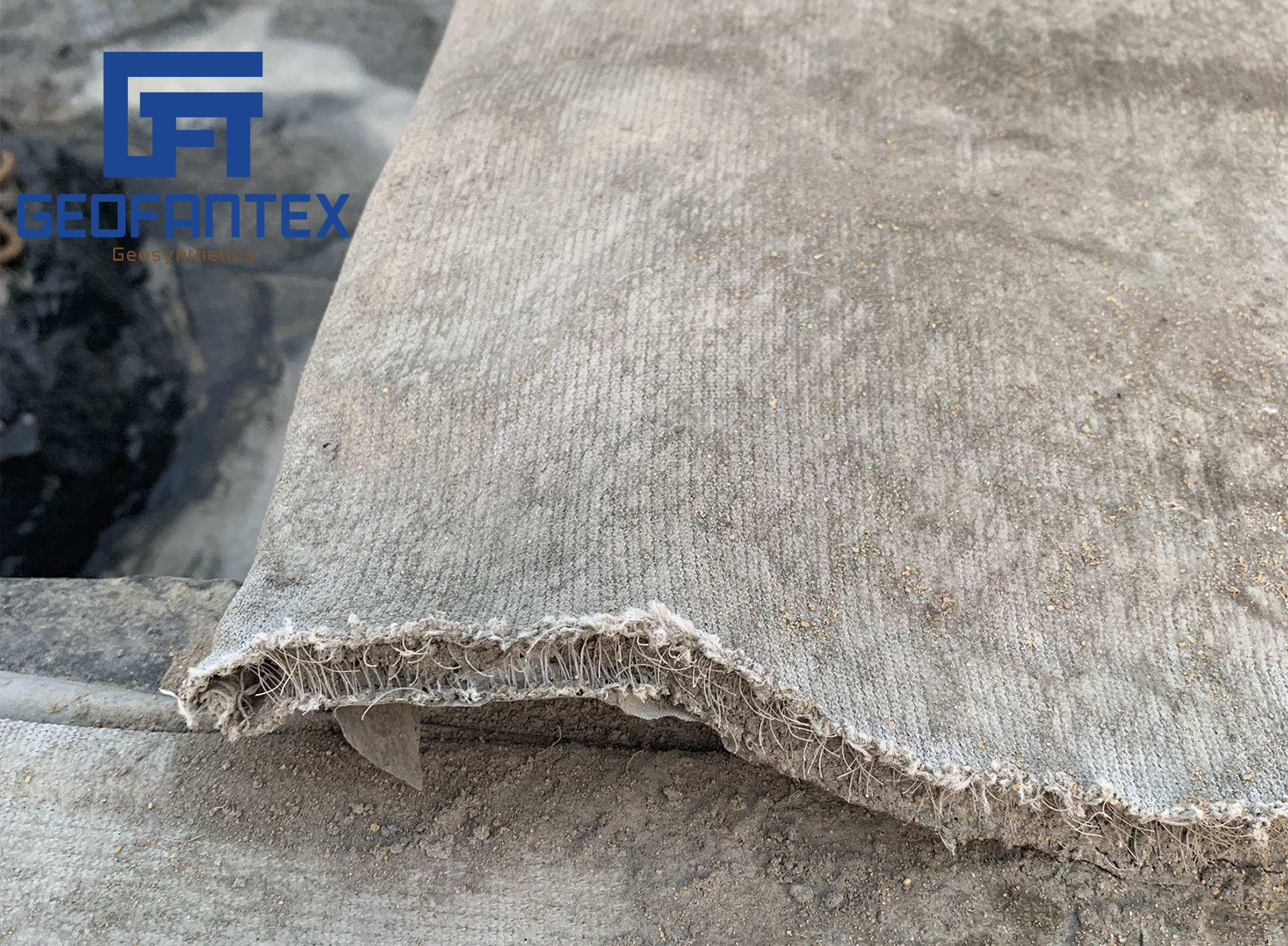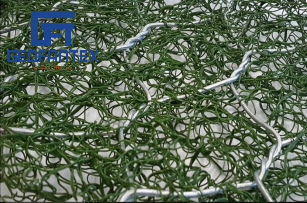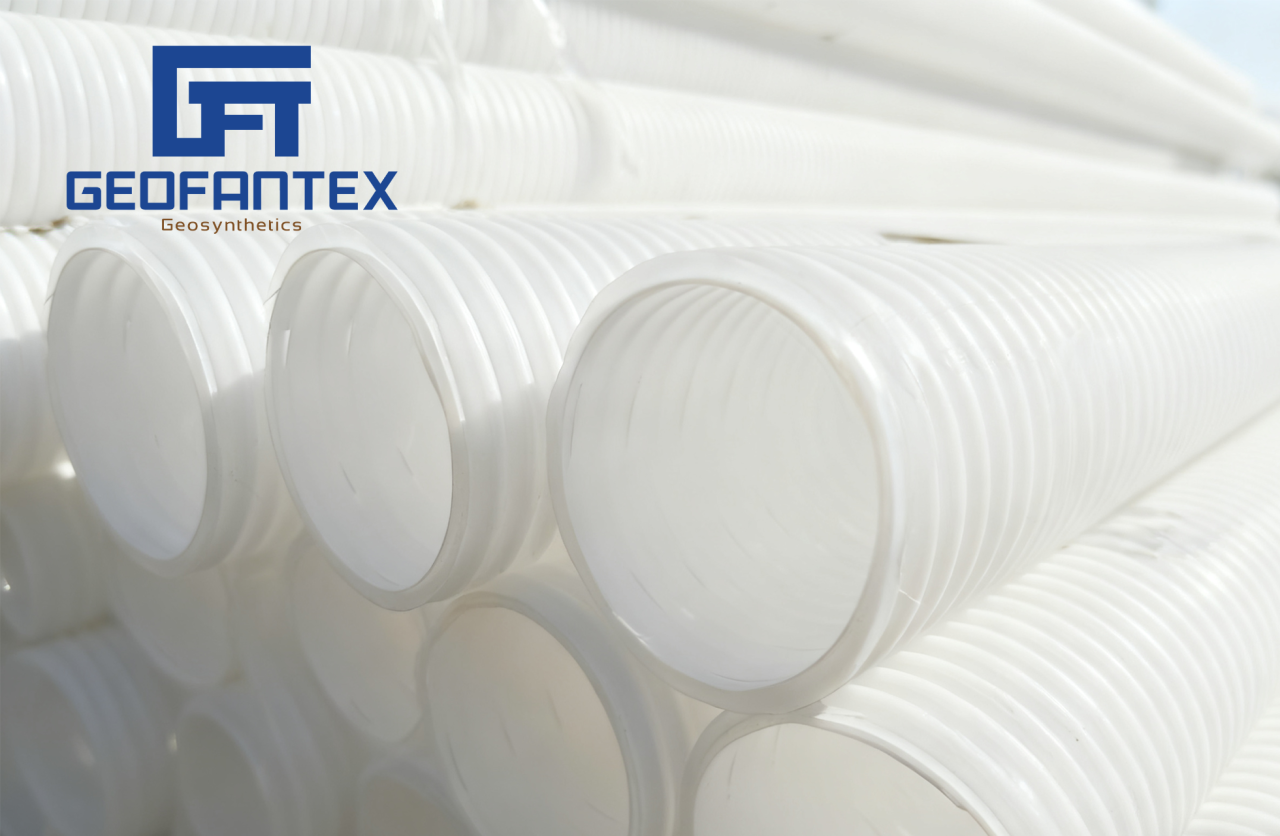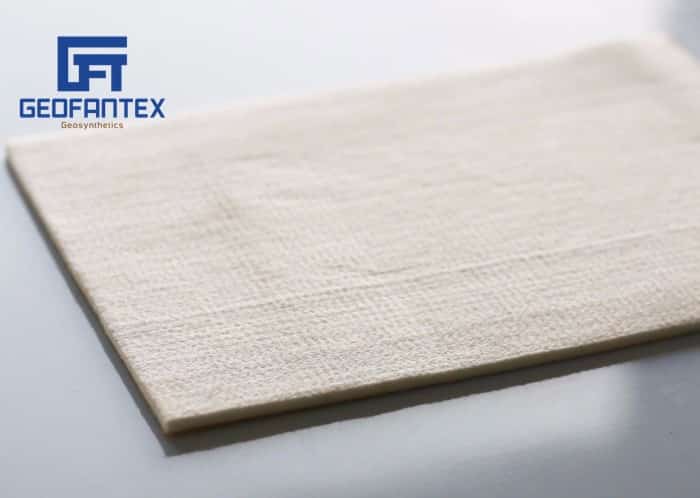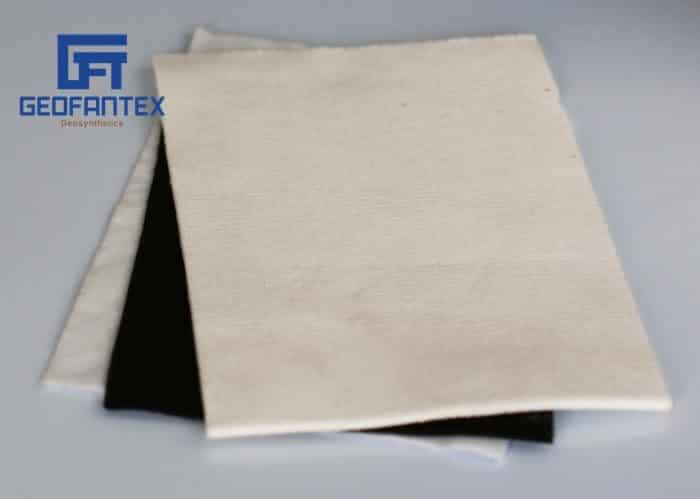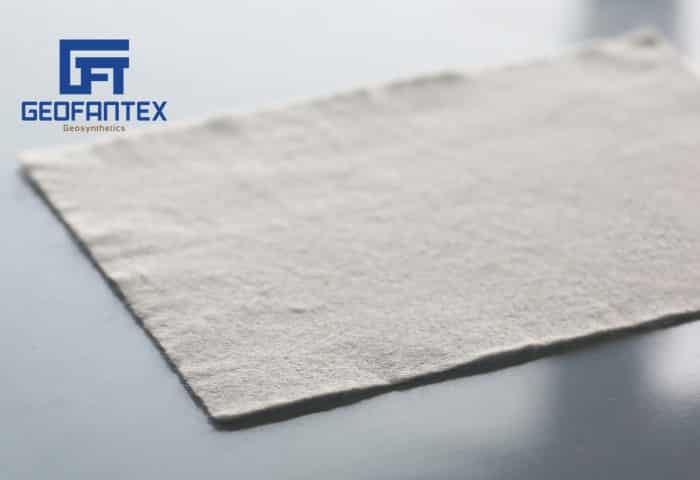+86-159 9860 6917
info@geofantex.com
geofantex@gmail.com
+86-400-8266163-44899
Neighbors built a new home and were concerned about erosion. They used geotextile landscape fabric to mitigate soil erosion, but it’s most effective when buried under 4 inches of soil and used on slopes with a 4:1 grade or less. Other materials, like erosion control blankets or turf reinforcement mats, are suitable for steeper slopes.
How Does Landscape Fabric Help Prevent Erosion?
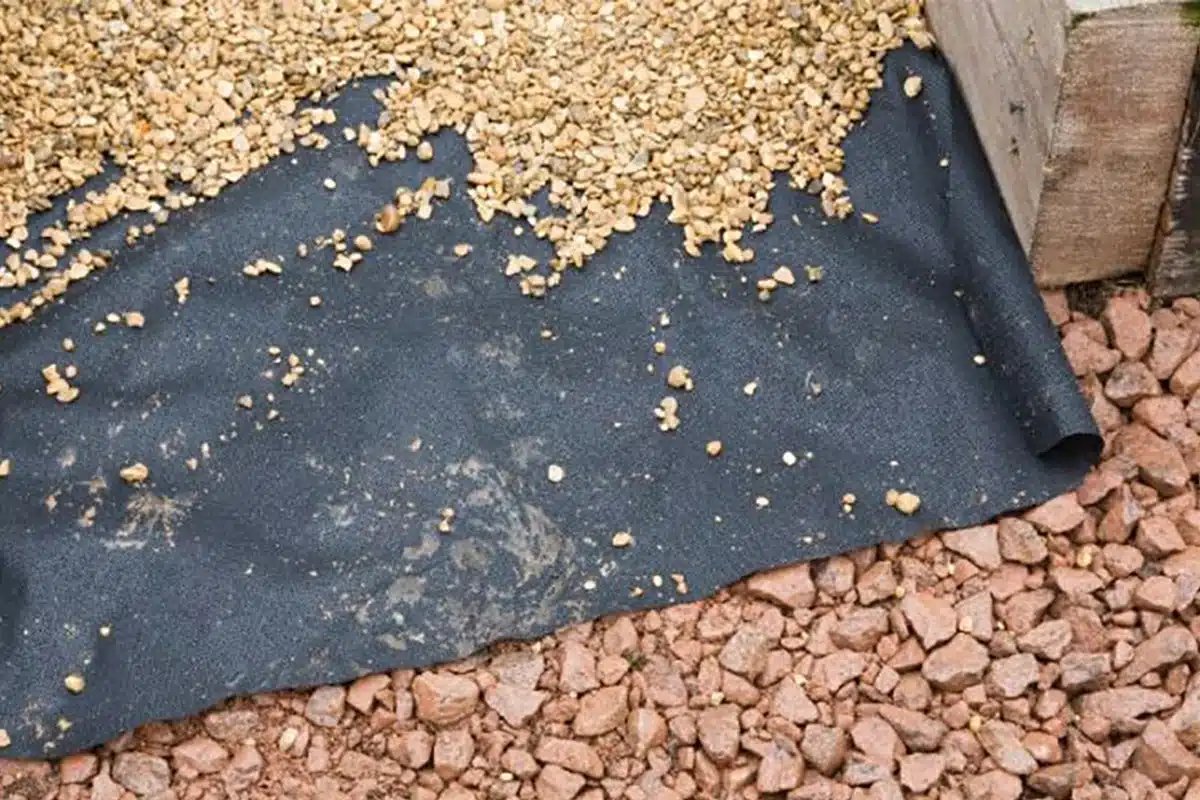
Landscape fabric helps prevent erosion by acting as a protective barrier between the soil and external forces like rain, wind, and foot traffic. Here’s how it works:
- Stabilizes Soil: It holds soil particles in place, preventing them from being easily displaced during heavy rain or irrigation.
- Allows Water Permeation: The fabric is permeable, so it lets water pass through slowly, reducing runoff and minimizing soil washout.
- Prevents Weed Growth: By blocking sunlight, it inhibits weeds that can destabilize the soil structure.
- Supports Mulch and Ground Cover: When placed under mulch or gravel, it keeps the top layer intact, adding weight and reducing soil movement.
Overall, landscape fabric provides a controlled environment that minimizes erosion while supporting healthy plant growth. Would you like a comparison with other erosion control materials like geotextiles or geocells?
Erosion Control Landscape Fabric on a Roadside
When a roadside is covered with erosion control landscape fabric, it serves several important purposes:
- Soil Stabilization: The fabric holds soil in place, especially on slopes, reducing the risk of erosion caused by wind and rain.
- Water Management: It allows water to pass through while filtering out sediment, helping prevent runoff that can damage nearby waterways or infrastructure.
- Vegetation Support: By protecting seeds and young plants from being washed away, the fabric helps establish ground cover that provides long-term erosion control.
- Durability: Typically made from geotextiles, these fabrics are engineered to resist UV degradation and withstand environmental stress.
This method is widely used in highway construction, ditch linings, and steep roadside embankments to ensure safety, reduce maintenance, and support ecological restoration.
What Is the Best Type of Landscape Fabric for Erosion Control?
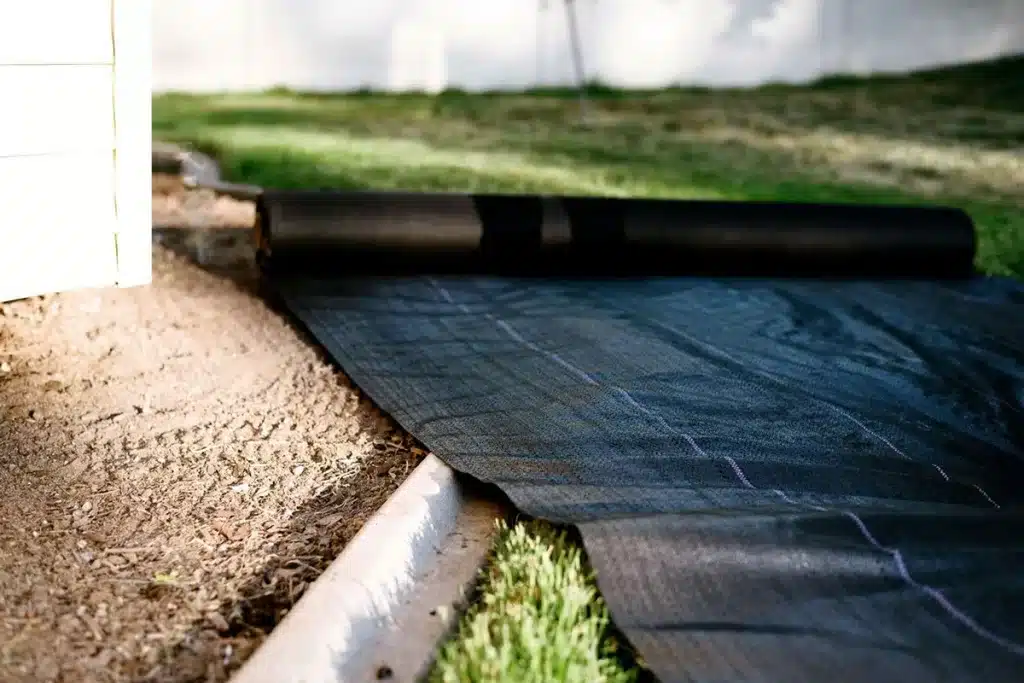
The best type of landscape fabric for erosion control depends on the site conditions, but generally, three types are most commonly used:
- Woven geotextile fabric is ideal for steep slopes and areas with high water flow. Made from tightly woven polypropylene or polyester fibers, it offers high tensile strength and long-term durability, making it suitable for demanding erosion control applications.
- Nonwoven geotextile fabric is better for areas that require water permeability, such as drainage zones or gentle slopes. It is made by bonding fibers together without weaving, allowing water to pass through while filtering out soil particles, which also supports plant growth.
- Biodegradable fabrics, such as jute or coir mats, are best for temporary erosion control in environmentally sensitive areas. These natural materials decompose over time, making them perfect for projects focused on vegetation establishment and eco-friendly restoration.
Each type serves a specific need, so selecting the right one depends on factors like slope steepness, water flow, and long-term vs. temporary erosion control goals.
Landscape Fabric vs. Slope of the Hillside
The effectiveness of landscape fabric for erosion control is closely tied to the slope of the hillside:
- Gentle Slopes (0–3:1 gradient): Landscape fabric works well here. Both nonwoven and biodegradable fabrics are suitable, as water runoff is slow, reducing the risk of fabric displacement. These slopes support vegetation growth, which the fabric helps to establish and protect.
- Moderate Slopes (3:1–2:1): Stronger fabrics like woven geotextiles are recommended. These provide better soil stabilization while still allowing limited water filtration. Anchoring with staples or pins becomes essential to prevent sliding or tearing.
- Steep Slopes (steeper than 2:1): On very steep hillsides, landscape fabric alone may not be enough. Woven geotextiles should be paired with additional reinforcement methods such as turf reinforcement mats (TRMs), erosion control blankets, or terracing. Proper drainage management and secure anchoring are critical to prevent runoff from undermining the fabric.
In summary, as slope steepness increases, the demands on landscape fabric rise—requiring stronger materials, better anchoring, and often combination solutions to ensure long-term erosion control and hillside stability.
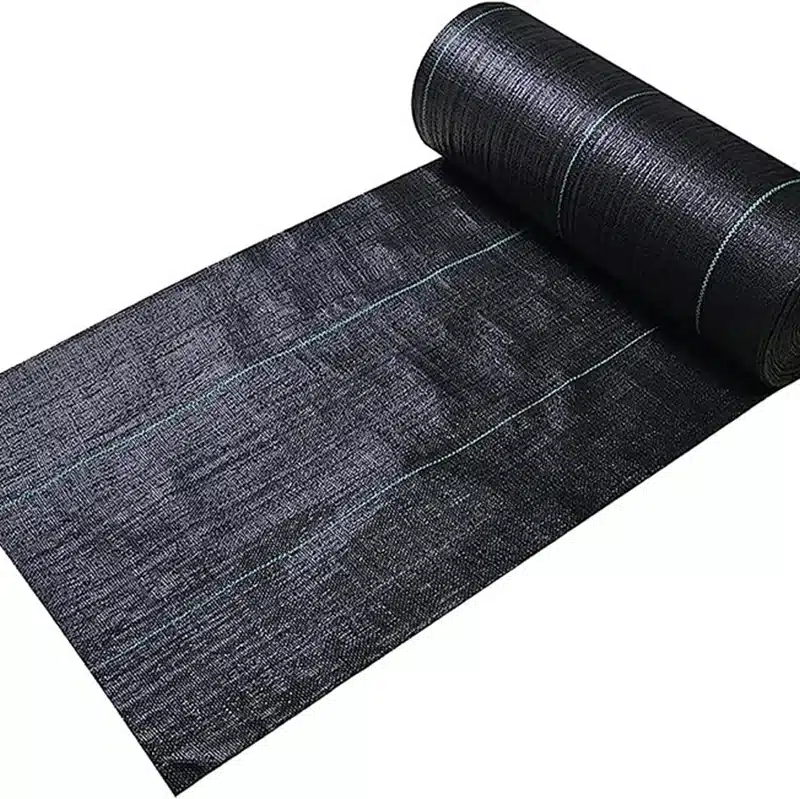
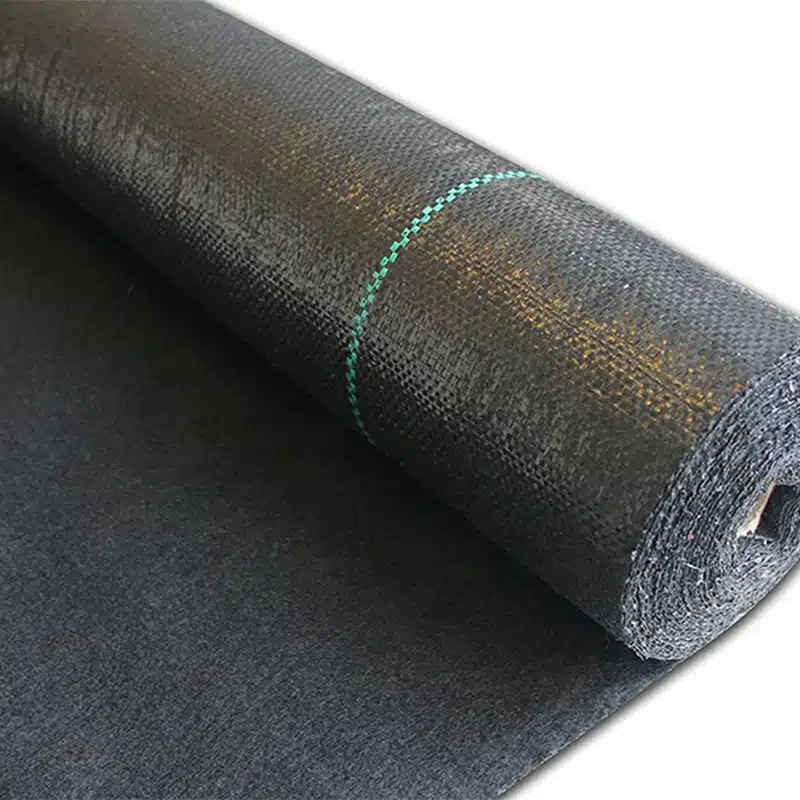
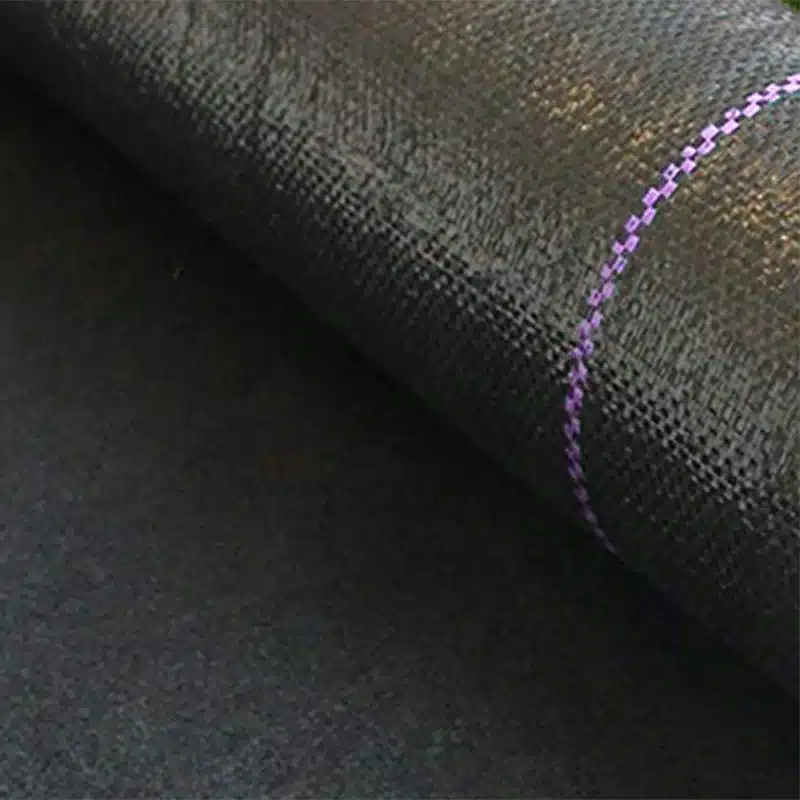
Get Free Sample
We’ll respond as soon as possible(within 12 hours)
